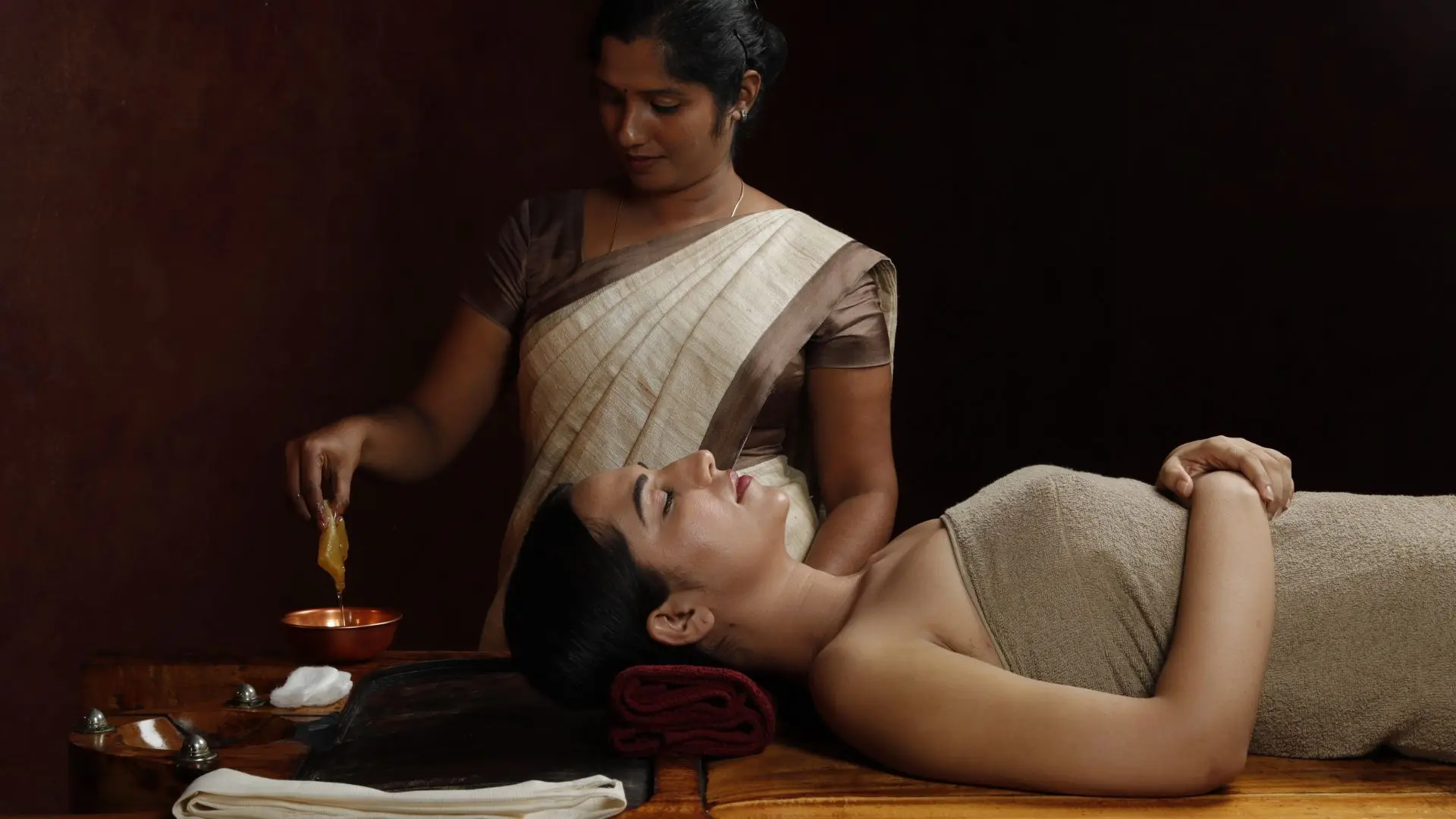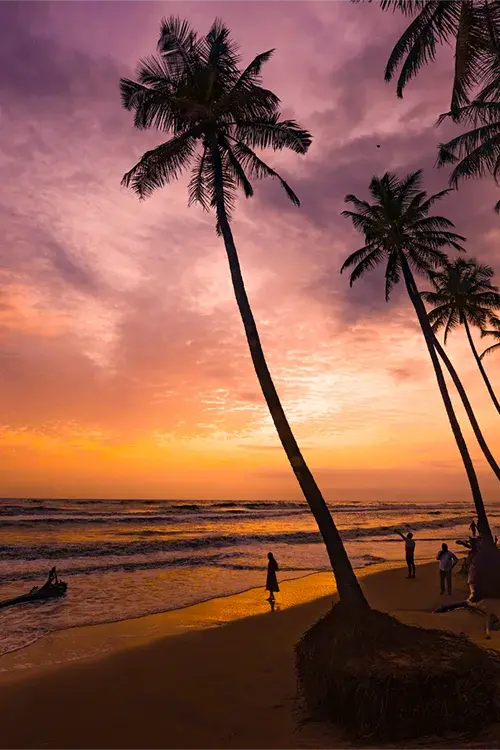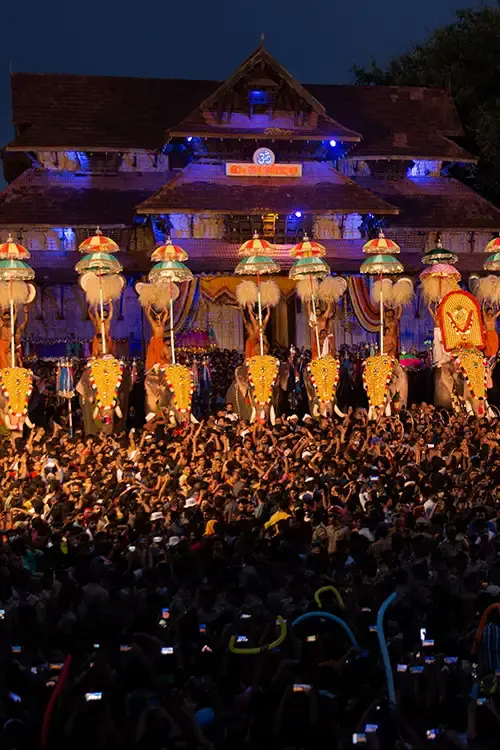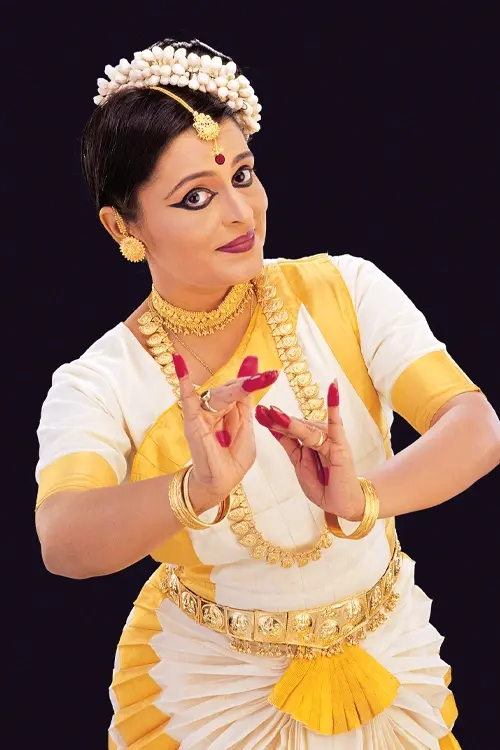Enchanting Kerala
Arakkal Palace
Kerala historically has been ruled by princely states and it was quite natural to have palaces associated with these rulers in different parts of Kerala. Be it north, central or south Kerala, palaces can still be seen as testimony to one ruler or the other. But these rulers had one thing in common. They were all followers of the Hindu religious faith, except for one ruling family - the Arakkal royal family from north Kerala; the only Muslim royal family of Kerala. And the palace by that name was the residence of the Arakkal Ali Rajas.
Travellers visiting the northern regions of Kerala should not miss a visit to this magnificent palace, which is located at Ayikkara close to the town of Kannur in Kannur district. Nearby the Arakkal palace is another famous landmark - the St.Angelo Fort; a laterite fort built by the Portuguese Viceroy, Don Francisco De Almeida in 1505.
The Arakkal Palace currently managed by the Arakkal Family Trust is nearly 200 years old. It was later renovated and converted into a museum in 2005 at the initiative of the department of Archaeology and Kerala Tourism.
The palace complex called Kettu is an interconnected long block around a large open ground used for offering prayers or namaz. There are warehouse facilities and trade related buildings around the palace. The palace is built predominantly of laterite and wood exhibiting traits of local architecture, yet retaining an identity of its own. The independent units in the Arrakkal Palace are situated around courtyards. One of these blocks is considered sacred and houses a cot and a seating chair, within which a lamp is always kept lit. One can also find four mosques around the main palace block.
Structurally, the upper floor of the palace has large halls with wooden floors. Windows of the palace are mostly double shuttered and have colored glass panes of red or blue, providing colorful display of light inside. The roof construction involves wooden rafter, purlin, reaper and tiles system. Rafters comprise wood and bamboo tied to the purlin and reapers. The two-layered roof tile is fish tiles and Mangalore tiles.
These days, visitors reaching the Arakkal Palace would find a durbar hall, which now functions as a museum. Here, one can find exhibits that throw light on the maritime activities of the Arakkal Kingdom and its monopoly on spice trade. The museum also has items that indicate the Arakkal rulers' relationship with European colonial powers. Some of the interesting items displayed in the museum include the family seal of the Arakkal family; Pathayam - a bed with chamber for storing valuables; Adhara petti (document box); old style telephone; swords and daggers; telescope and copies of the Koran.
The Arakkal dynasty played an important role in the history of Kannur and adjoining areas. The Arakkal Kingdom once ruled parts of the coastal areas of Malabar and the Lakshadweep Islands located in the Arabian Sea.
When it came to administration, it is said that the Arakkal family did not discriminate between the male and female members of the family. The Arakkal family followed a matrilineal system of descent. The eldest member of the family was made the head and ruler. The male rulers were known as Ali Raja, while the female rulers were called Arakkal Beevis.
The kingdom had good relations with Hyder Ali and Tippu Sultan, the Dutch and the Bijapur Sultan. By the end of the third Mysore war, Mysore fell to the hands of British. That marked the beginning of the decline of the Arakkal family.
Those with a genuine interest in architecture and also in history would find the Arakkal Palace in Kannur a destination worth visiting more than once.
Getting there:-
Nearest railway station: Kannur, about 3 km away
Nearest airport: Karipur International Airport, about 117 km away






